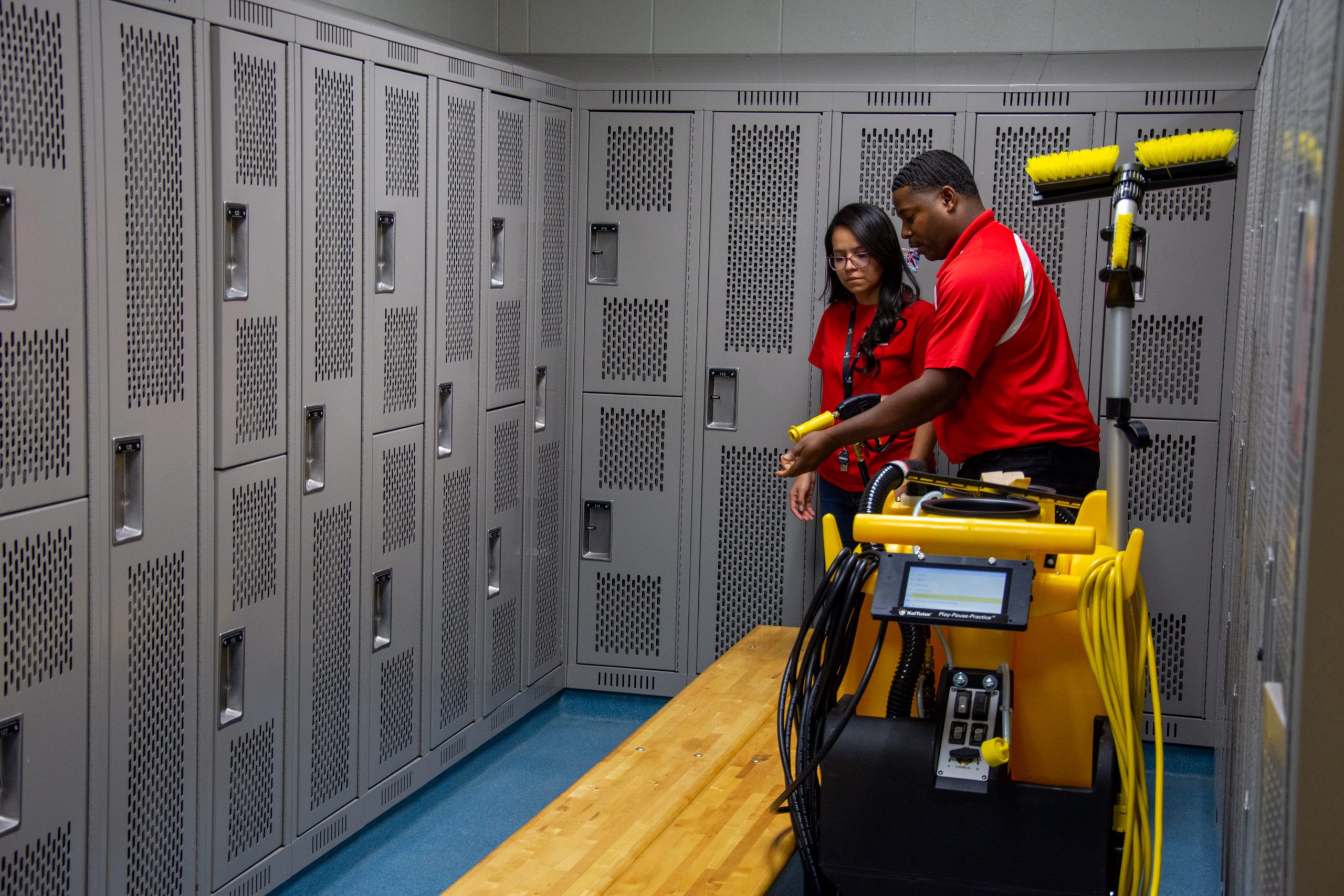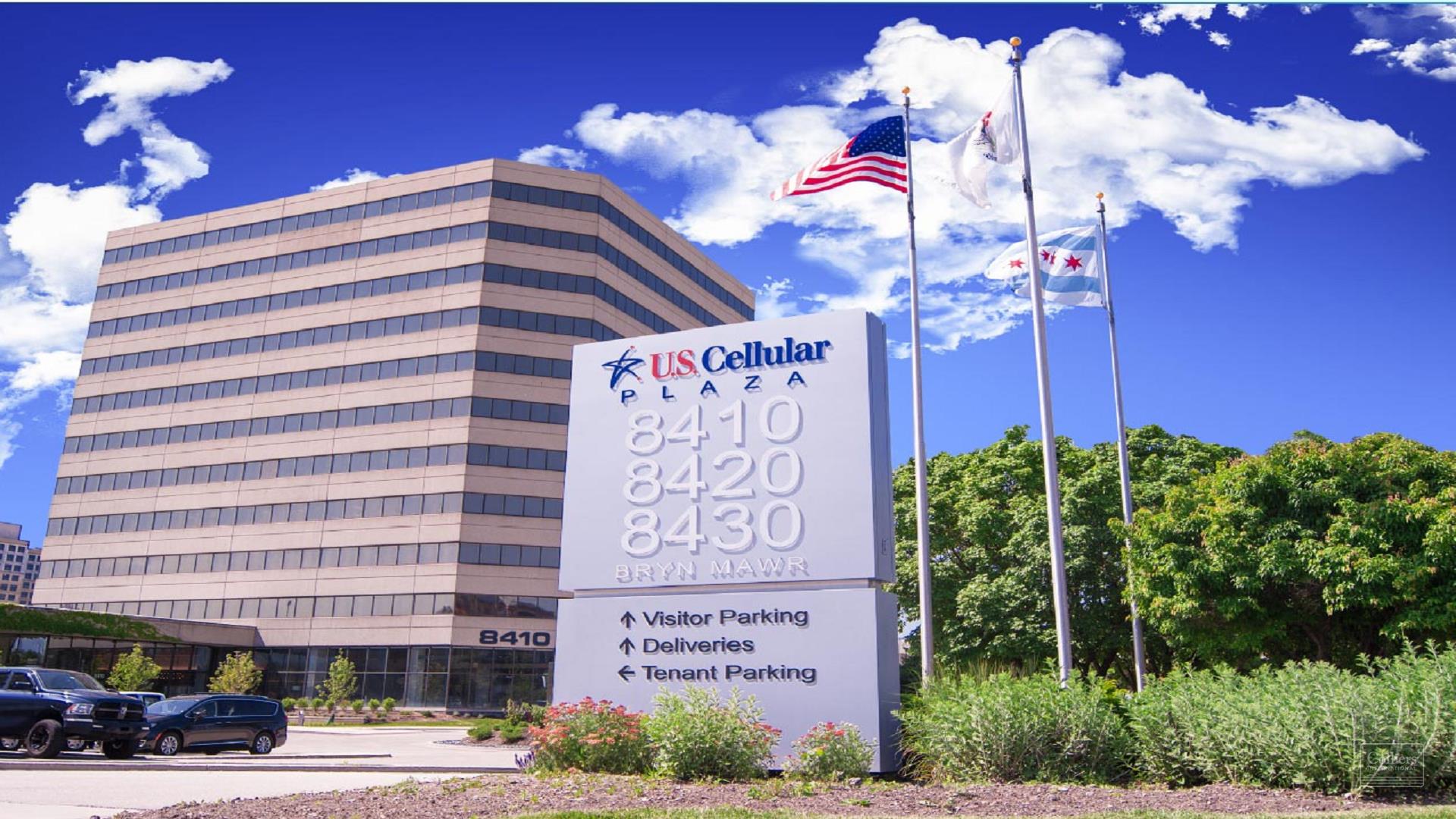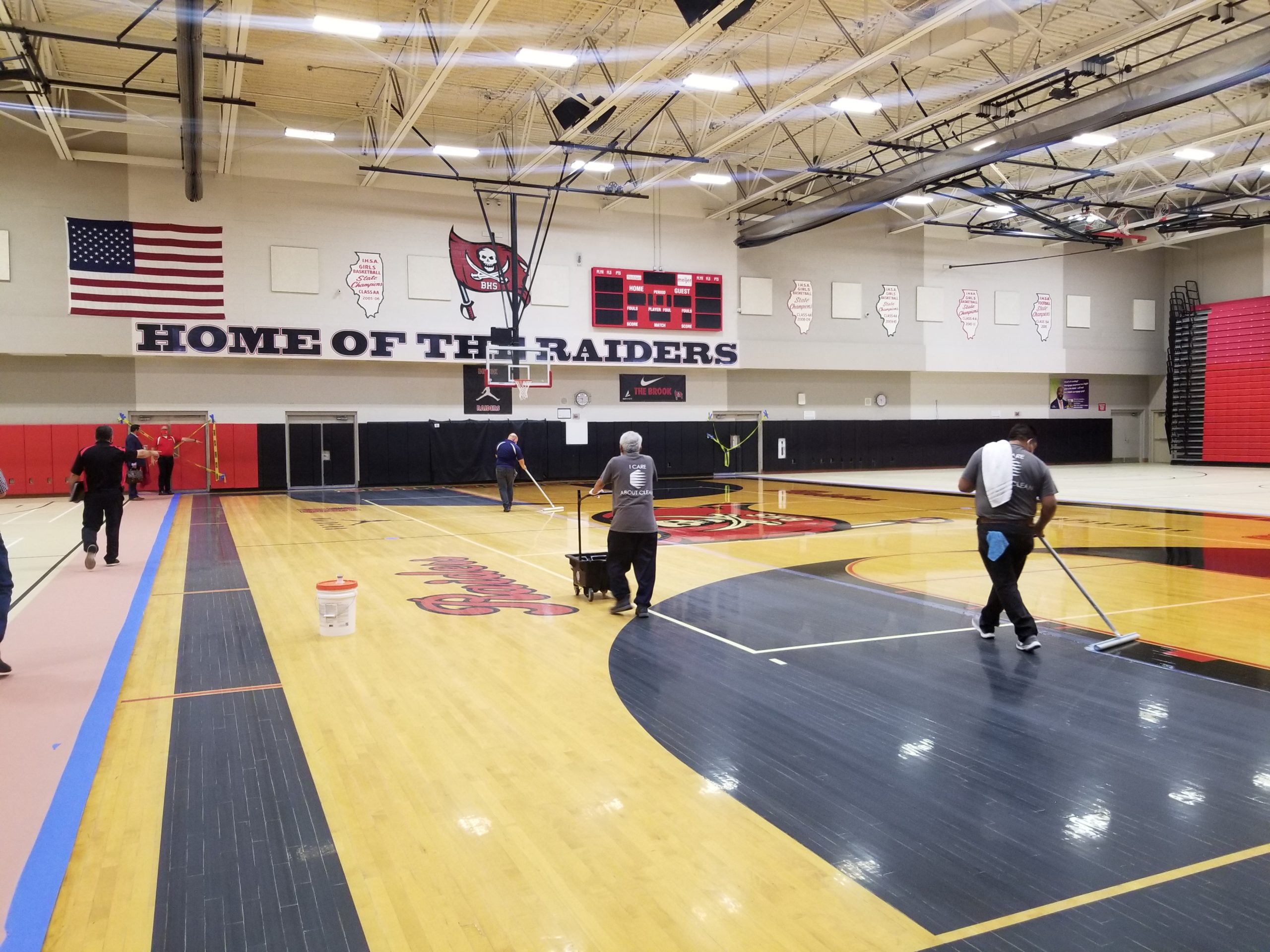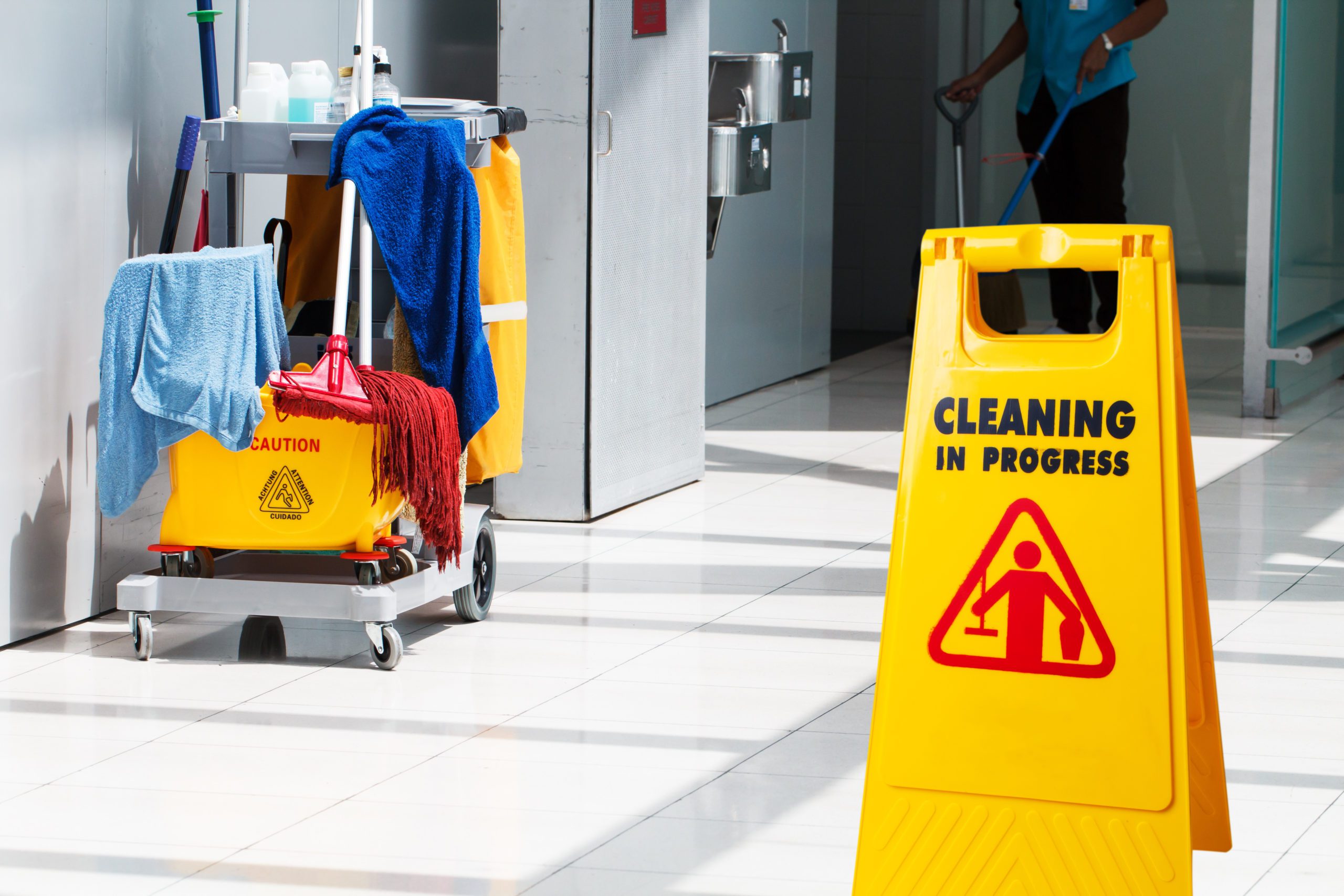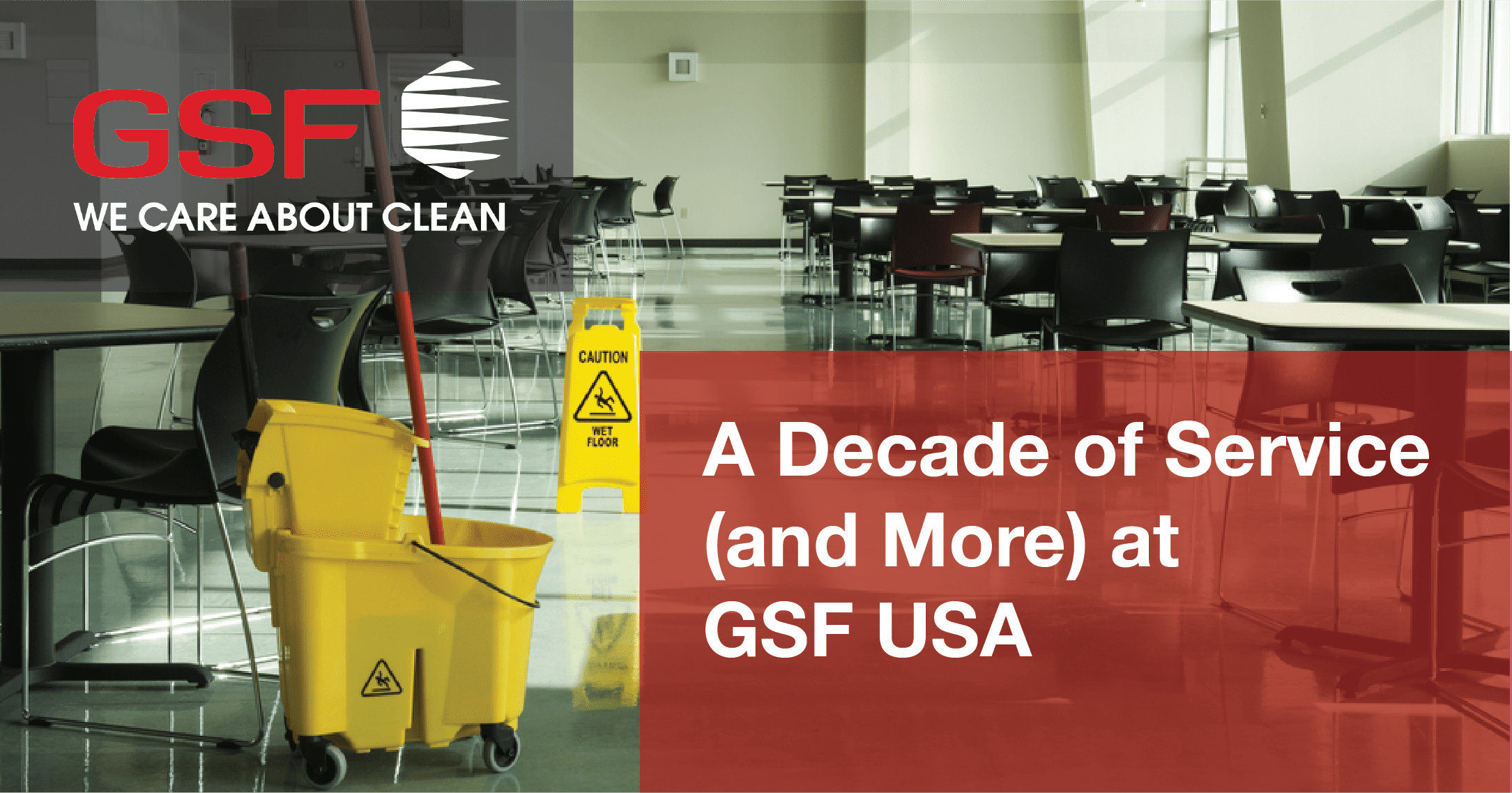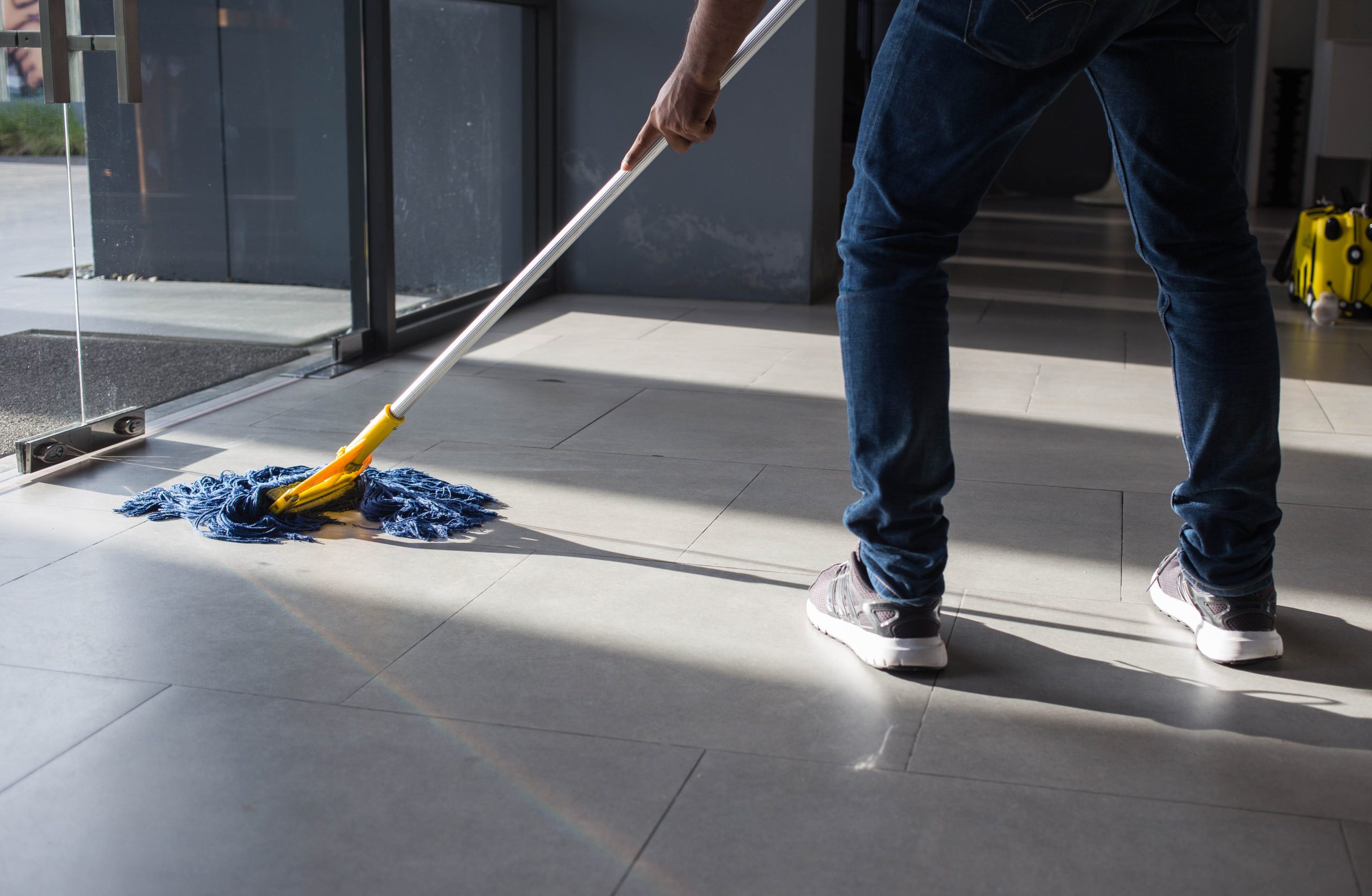As most businesses and schools return to an in-person setting, it’s now more important than ever to ensure that workplaces exceed cleanliness and sanitation standards. Most facilities have custodial teams or management who keep up with a consistent cleaning routine. However, there are still many areas in shared public spaces that get overlooked or forgotten about during a maintenance routine. This leads to a build-up of germs and bacteria that over time can lead to more significant health risks, structural damage to the building, or an increase in infection and disease transmission. Learning how to properly clean and disinfect shared spaces such as offices or classrooms can help improve the overall safety of your employee’s and guest’s health, create a welcoming environment for occupants, and keep buildings in excellent condition.
The Most Overlooked Areas for Cleaning in Offices
The most common places that get skipped over while cleaning is under office chairs, office furniture, vents and ducts, office computers, telephone, lights, curtains, and microwaves.
There are various factors that determine how frequently an office should be disinfected and cleaned. This includes office size, employee size, and how often occupants are inside the building. The types of companies you share the facility with will also make a difference. For instance, if one of those other businesses is a doctor’s office or a similar medical facility, you will need to schedule deeper daily cleanings for that space to keep patients healthy. The same holds for any facilities that have children, such as schools or tutoring areas. Children quickly spread germs among themselves and keeping the areas where they learn and play clean can help prevent outbreaks.
62% of employees say simply seeing sanitation professionals regularly at their workplace would make them feel safer.
Strategies to Implement a More Thorough Cleaning Routine in the Office
Know the difference between disinfecting and cleaning, and how often each one should be done. Often, the terms are used interchangeably. However, each term serves a different purpose and impacts the cleanliness of your facility. This previous blog from our team at GSF USA breaks down the differences between disinfecting vs cleaning and how both should be properly done in the workplace.
Hire a professional cleaning service that can sanitize an office space using the right equipment and procedures. Our carefully developed Écologique cleaning program is certified by GREEN SEAL® and offers the highest standard of cleaning while also considering the environmental impact at every step of the cleaning process.
Have the right cleaning and sanitation tools easily accessible to ensure that quality cleaning is being done on a regular basis.
What Does a Proper Cleaning Routine Look Like in The Office?
Consistency is a significant factor when it comes to your facility’s cleaning routine. Skipping out on everyday maintenance such as wiping down commonly touched surfaces and spaces will lead to a buildup of unwanted germs and bacteria. While certain tasks like floor and window cleaning can be done less frequently, by establishing a routine that is consistently followed you can help reduce the spread of illness in the office, as well as maintain a nice-looking appearance to guests.
To save time and ensure your facility is being thoroughly cleaned and disinfected, hiring an outside source to come and get the job done can be a practical solution. Cleaning and maintenance professionals are experienced in knowing what tools and products to use, how to use them, and what areas are often missed while cleaning facilities. Services like our team at GSF USA are dedicated to creating a clean and safe environment for occupants to work in.
Know when to increase your cleaning and disinfecting. During cold and flu season, up to 74% of employees in the U.S. miss work due to being sick. Keeping the workplace regularly clean and disinfected, as well as communicating to employees to practice hygiene practices such as regular handwashing and keeping their workspaces clean can also make a significant impact on reducing illness and missed days of work.
We Care About Clean
At GSF USA, we understand that having a clean and safe environment is a crucial part of running a successful facility. That is why we offer a variety of services and products that ensure quality cleaning in your facility. The safety and health of your occupants should always come first, and that starts with a clean workplace. To learn more about our services or to get in touch with a GSF USA employee please go to our website.
